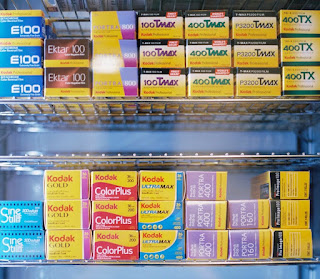How does the processing of e6 slide film work?
Color transparency film is developed using the E6 slide film processing technique, yielding positive transparencies that can be seen by shining light through them. The film is developed and the final image is produced using a sequence of chemical baths in the E6 process. Processing E6 film involves the following steps:
Pre-treatment: To get rid of any processing chemicals left over from earlier development, the film is inserted onto a reel and submerged in a chemical bath.
First Developer: After that, the film is put into a tank containing the first developer solution, which activates the silver halide crystals in the film that are light-sensitive and starts the image-formation process.
Stop Bath: Following the application of the first developer, the film is submerged in a stop bath solution, which stops the first developer's action and prevents over-development.
Second Developer: After that, the film is put in a tank with the second developer solution, which helps to further develop the picture and establish the film's final colour balance.
Fixer: Following the second developer, the film is submerged in a fixer solution to permanently repair the image by removing the undeveloped silver halide crystals.



Comments
Post a Comment